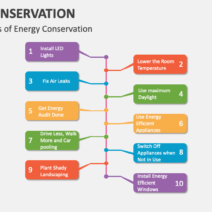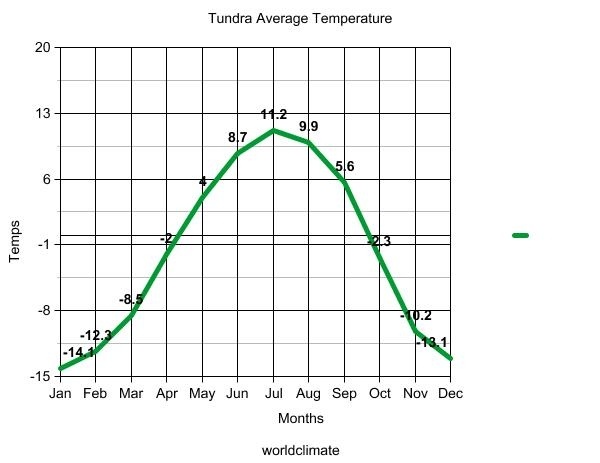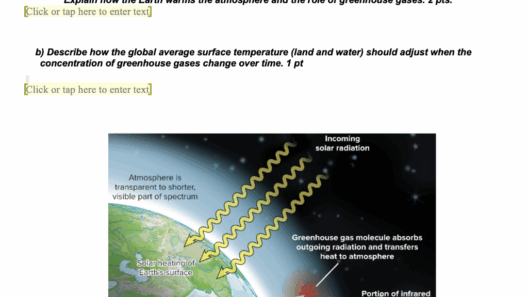The tundra, a frozen expanse that occupies the northernmost regions of our planet, is characterized by its extreme climate, stark landscapes, and the resilience of life in the face of harsh conditions. The climate of the tundra is one of the most inhospitable on Earth, presenting a unique environment marked by short summers, frigid winters, and a peculiar blend of ecological phenomena that captivates the imagination.
At its core, the climate of the tundra can be categorized into two primary seasons: winter and summer. However, the transition between these seasons is nuanced and less defined than in temperate regions. During winter, the tundra is enveloped in a near-perpetual freeze. This time period can last anywhere from eight to ten months, producing average temperatures that plummet to a staggering minus 30 degrees Celsius (-22 degrees Fahrenheit) or lower. The permafrost, a permanently frozen layer beneath the surface, solidifies the ground into a formidable barrier, inhibiting the growth of large flora and limiting biodiversity.
In stark contrast, summer introduces a fleeting respite from the cold. Lasting only a few weeks to a couple of months, the polar summer sees temperatures rise significantly, sometimes exceeding 10 degrees Celsius (50 degrees Fahrenheit). Despite these relatively mild conditions, the brevity of summer transforms the tundra into a vibrant spectacle. The snow melts, flooding the landscape with water, and revealing a plethora of small, hardy plants. Mosses, lichens, and low-lying shrubs unfurl their leaves, capturing precious sunlight and embarking on a remarkably rapid growth cycle. This ephemeral burst of life creates a vivid tapestry against the otherwise stark horizon.
Precipitation in the tundra is sparse, primarily falling in the summer months. This region typically receives an annual rainfall of about 15 to 25 centimeters (6 to 10 inches), which is relatively low compared to other biomes. The moisture predominantly comes from melted snow and rain, which fosters a unique ecosystem that thrives on the intricate balance of water and temperature. Yet, this environment remains fragile. Climate change poses an imminent threat to the delicate equilibrium of the tundra, exacerbating issues such as permafrost thawing and altering species composition.
The characteristic strong winds of the tundra contribute to its arid nature. These relentless gusts can instantaneously transform a calm day into a blustery flurry, dispersing snow and ice in swirling patterns. The wind’s chilling effect can make even slight increases in temperature feel deceptively frigid, as it hinders the ability of organisms to adapt. Therefore, the fauna of the tundra exhibit an extraordinary array of adaptations to survive in such a harsh climate.
Commonly found fauna include migratory birds, caribou, arctic foxes, and polar bears. Each species possesses unique physiological and behavioral traits that allow them to endure the climate’s extremes. For instance, caribou possess thick fur that insulates against freezing temperatures, while polar bears have a remarkable layer of blubber that provides buoyancy and thermal resistance. Such adaptive traits serve as an eloquent reminder of nature’s ingenuity in the face of adversity.
The tundra’s climate does not merely dictate the survival of its inhabitants; it shapes the very fabric of its ecosystem. The timing of biological events — such as flowering, breeding, and migration — is closely aligned with climatic conditions. For example, caribou rely on the spring thaw to access rich breeding grounds, while migratory birds are synchronized to arrive as the permafrost melts, availing themselves of the bounty of insects that swarm in the short summer.
The impact of climate change on tundra ecosystems cannot be overstated. As global temperatures rise, the delicate balance that sustains these ecosystems is increasingly jeopardized. Permafrost thaw releases previously trapped greenhouse gases, including carbon dioxide and methane, into the atmosphere, further accelerating climate change. This creates a vicious cycle — warming begets more warming, leading to profound alterations in the tundra landscape and its ability to support life.
Moreover, shifting climatic patterns are affecting migration routes and breeding cycles. Species that have historically thrived in these frozen lands may find themselves outpaced by rapid environmental changes. As habitats shift and new pressures arise, some species may face extinction, while others may encroach upon this unique ecosystem, unbalancing the existing food webs and relationships.
A deeper fascination with the tundra’s climate stems from the profound resilience and adaptations of life in such unforgiving environments. The stark contrasts of the tundra compel us to ponder the intricate and interconnected web of life that thrives amid ice and frost. There exists an undeniable allure in studying the complexities of this biome and the ongoing shifts wrought by climate change.
Ultimately, the climate of the tundra serves as both an example of nature’s capabilities and a warning of the looming threats climate change represents. This frozen expanse, while harsh, is a vital component of Earth’s overall climate system. It acts as a critical indicator of our planet’s health, emphasizing the need for urgent action and stewardship of our environment.
In conclusion, recognizing the climate of the tundra encapsulates a dichotomy of fragility and resilience. Addressing climate change requires a multifaceted approach that encompasses scientific understanding, conservation efforts, and a global commitment to mitigating our impact on this vital ecosystem. The tundra’s frozen lands and short summers offer an unmatched glimpse into how life can adapt, endure, and ultimately inspire us to protect our planet for generations to come.






